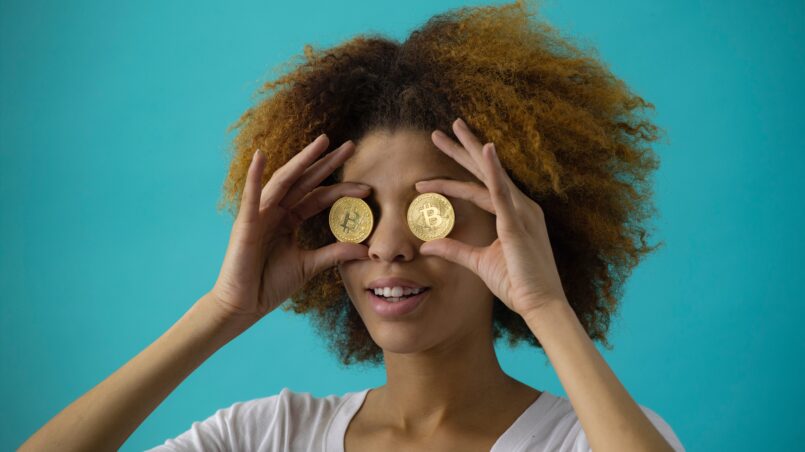Considering my last post was on NFTs, I thought it was important to cover cryptocurrency. I will do my best to explain it as simply as possible, and I will include links to help you go deeper into topics that you find interesting.
Before we dive in, I want to give a historical background and answer some basic questions that can arise when looking at cryptocurrency and why it’s revolutionary.
Historical Background

Before 1933, the US Dollar was backed by the gold and sometimes silver standard. Meaning that you could take a US dollar and trade it in for the percentage of gold that the US dollar was worth. In 1933 this changed when president Roosevelt enacted the Emergency Banking Act. Americans had little trust in banks during the Great Depression and they were afraid to put their money in them. FDR enacted this to restore public confidence in banks, lower interest rates, and allow for more money to be pumped into the economy. Most economists agree that this was a major reason why the USA was able to get out of the Great Depression. Until 1971, foreign government entities could still exchange the US dollar for gold.

This changed however when President Nixon took the US out of the Bretton Woods Agreement, which turned the US dollar into a fiat currency.
What is a Fiat Currency?
A fiat currency is a government issued currency that is not backed by a physical commodity, such as gold, but rather guaranteed by the government that issued it. Fiat is derived from the Latin word fiat, meaning “let it be done.”
The value of fiat money is derived by supply and demand and the stability of the government that issued the money. Most of the modern paper currencies such as the US Dollar and the European Euro are fiat currencies. For a full list of all fiat currencies click here.
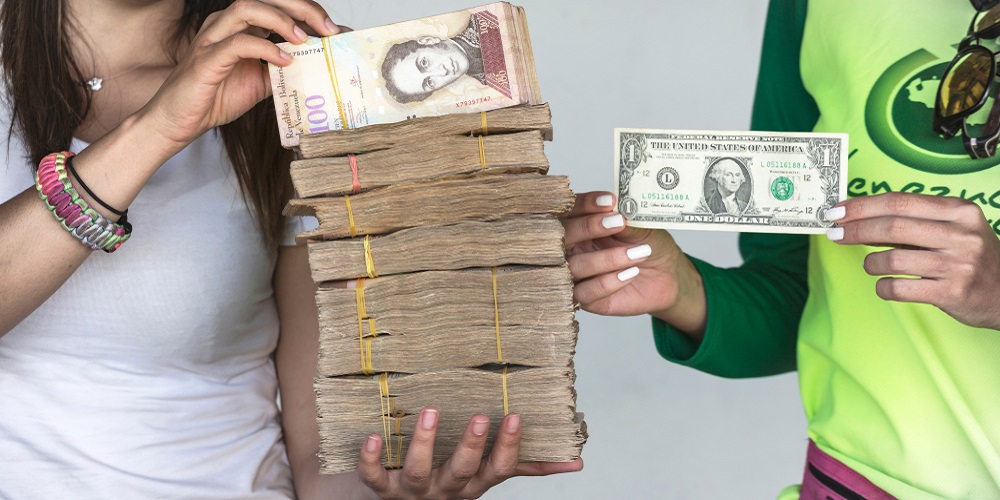
Fiat currency gives central banks larger control over the economy because they can control how much money is printed. The main downfall of fiat currencies is that governments can print too much of it, leading to inflation and lowering the value. This could lead to disasters, such as the Venezuelan Sovereign Bolívar, which is considered the most inflated in the world. It has gotten so bad that President Maduro of Venezuela is seeking to speed up digital payment processing in the country because they are running out of cash due to large inflation.
Because of issues such as inflation, people who have less faith in their governments have been looking for other places to store their money outside of fiat currencies. They want to make monetary transactions without worrying about central banks and the government.
Key up the rise of cryptocurrency!
What is a Cryptocurrency?

Cryptocurrency is a decentralized digital money that utilizes cryptography and blockchain technology.
Cryptography, in computer science, is a communication technique that utilizes codes to protect information so only the intended individuals can read and process it.
Blockchain is a database that stores information on blocks that are chained together. Different kinds of information can be stored on blockchains, but it is most commonly used as a ledger to keep track of transactions.
What is the Value of Decentralized Finance?

I’d like to think of decentralized finance as the point where computer science & technology meet with finance.
Decentralized finance or DeFi is a financial ecosystem built on top of blockchain. It aims to “create a financial service ecosystem that’s open-source, permissionless, transparent, and without any central authority” (Rosic, 2021). This system allows for users to interact within the ecosystem through decentralized apps and grants full control over their assets. Meaning, they don’t have to interact with centralized banks to create transactions. DeFi applications work on smart digital contracts allowing them to run without human intervention.
5 Cryptocurrencies You Should Know About:
There are a lot of cryptocurrencies. Thousands, actually. You can view each one, here.
There are a few popular ones that you should know and understand. To be very clear, I am not a financial advisor. I am not giving any financial advice. Do your own research and decide if investing is right for you.
1) Bitcoin

Okay, you’ve probably heard of Bitcoin (BTC).
Founded in January 2009 by the anonymous Satoshi Nakamoto, it is the largest-valued cryptocurrency by market capitalization.
Bitcoin has been in the news a lot. It has its champions, such as Elon Musk and skeptics, such as Michael Burry (of The Big Short fame). Many investing believe that the value of Bitcoin will go up as more people adopt cryptocurrency. It has seen crazy fluctuations since 2021, but seems to be headed in an extremely positive direction overall.
It is by far the most valuable cryptocurrency. There are currently 18,655,012 BTC in circulation, with a maximum capitalization of 21,000,000 coins so there is movement to grow.
How does Bitcoin work?

Bitcoin is decentralized, meaning that it is not controlled by a government or other authority.
All bitcoin transactions are processed by a large distributed network of computers, which record the sender and receiver’s transactions on a blockchain ledger. The Bitcoin blockchain is updated over 100 times a day and it is sent to every computer that processes Bitcoin. Each transaction is protected with cryptography, making sure that all the computers utilize the same copies of the blockchain. Bitcoin miners perform this verification process. Miners connect computers to a large processing network where they group transactions into blocks. Blocks are only accepted by the network if they are hashed correctly, forcing the computer to work hard to find correct numerical values.
Bitcoin transactions are pseudo-anonymous meaning that they occur on a transparent ledger where everyone can see the transactions, but can’t see who owns the balances or who is behind each transaction.
Bitcoin is completely digital, meaning there are no physical coins, only rows of transactions and balances. When you own Bitcoin, it means that you have access to a specific address on the ledger and can send money to a different address.
Bitcoin and cryptocurrency in general open up digital commerce to 2.5 Billion people globally who don’t have access to a digital banking systems with their fiat currency.
For a comprehensive video, click here.
How can you use Bitcoin?
You can use bitcoin to send and receive money digitally.
First, you install a Bitcoin wallet on your phone or computer, which will in turn generate a Bitcoin address. You can create more Bitcoin addresses as needed.
Then, you can give your address to whomever you are trading Bitcoin with. You then send or receive payments in what feels like an email, or a Venmo. The difference is, unlike email or Venmo, your Bitcoin address is used only once, which is why you will need more when trading Bitcoin.
Your digital Bitcoin wallet keeps a private key, which is used to sign transactions verifying their validity and preventing any funny business within the transaction.
For more information click here
2) Ethereum

You’ve probably also heard of Ethereum as it is the second most popular cryptocurrency aside from Bitcoin. I wrote a bit about Ethereum in my post on NFTs, but I wanted to dive deeper into it this time.
Ethereum was released in 2015 and founded by Vitalik Buterin and Gavin Wood (who is also the founder of Polkadot).
Ethereum is a token capable of representing smart contracts. If Bitcoin is digital gold, Ethereum is more like digital oil.
According to Ethereum’s website, Ethereum is a community run technology that powers Ether (ETH), Ethereum’s cryptocurrency, and thousands of decentralized applications (Dapps). It also uses blockchain technology like Bitcoin and it has its own programing language called Solidity, which is why it is considered to be the world’s programmable blockchain.
Because Ethereum is programable through Solidity anyone can use it to write smart contracts that run decentralized apps.
This makes Ethereum much bigger than payments as it is more a marketplace for financial services, games, and applications that can’t censor you or steal your data.
Ethereum’s goal is to decentralize the internet using Dapps in categories such as finance, art, collectables, gaming, and technology. You can create/ code your own apps however you see fit. Ethereum claims to build a fairer financial system where anyone with internet access can “send, receive, borrow, earn interest, and even stream funds anywhere in the world.” It also wants you to think outside of money, as it can represent anything that you own. For example, the majority of NFTs (Non-Fungible Tokens) are traded on Ethereum’s platform.
Unlike Bitcoin, which has a supply cap, Ether does not. Ethereum also currently has more developers than any other cryptocurrency in the world.
You can buy and sell Ether on services like Coinbase (not sponsored).
For more information on how to buy and sell Ether, check out Cointelegraph.
3) Litecoin
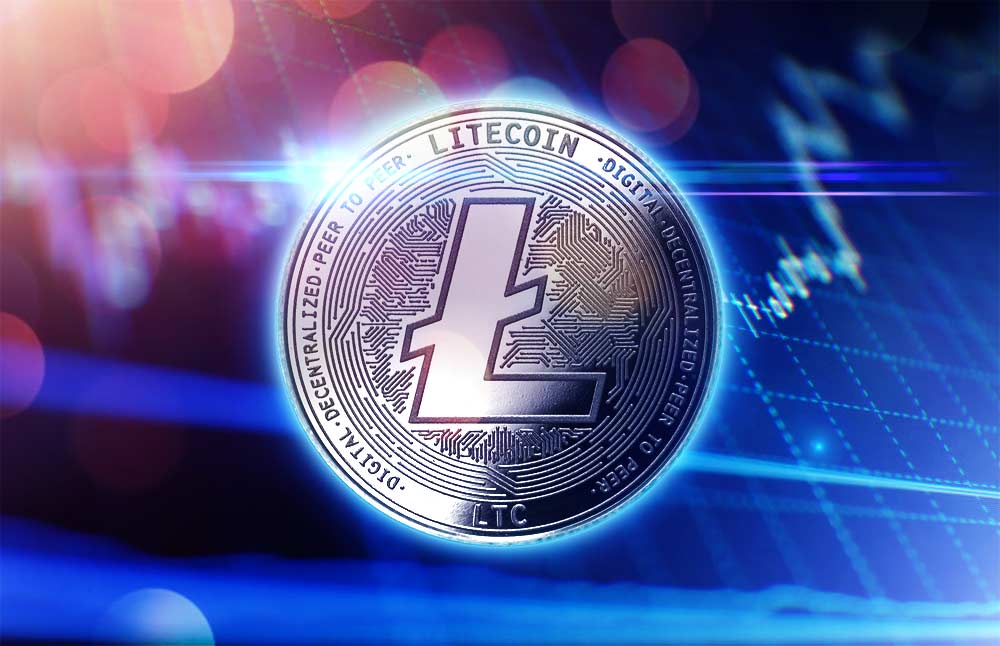
Founded in 2011 by Charlie Lee, Litecoin is a decentralized peer to peer network that uses the LTC coin for payments. The payments can be sent globally without the need for a central authority to process the payments.
Litecoin works very similarly to Bitcoin and is often described as the silver to Bitcoin’s gold. Lee’s purpose for Litecoin was to create a coin that was more usable in everyday transactions.
Litecoin is faster.
Bitcoin transactions occur every 10 minutes, Litecoin’s transactions occur every 2.5 minutes. Litecoin was also the first cryptocurrency to do a transaction on the Lightning Network. Transferring money instantly, and practically fee-less.
Litecoin is cheaper.
It is known to average cheaper transaction fees. Also, it is much less expensive than Bitcoin at the moment.
A limit of 84 Million LTC will be created so it’s true value will be derived from supply and demand and how useful it is going forward.
4) Dogecoin
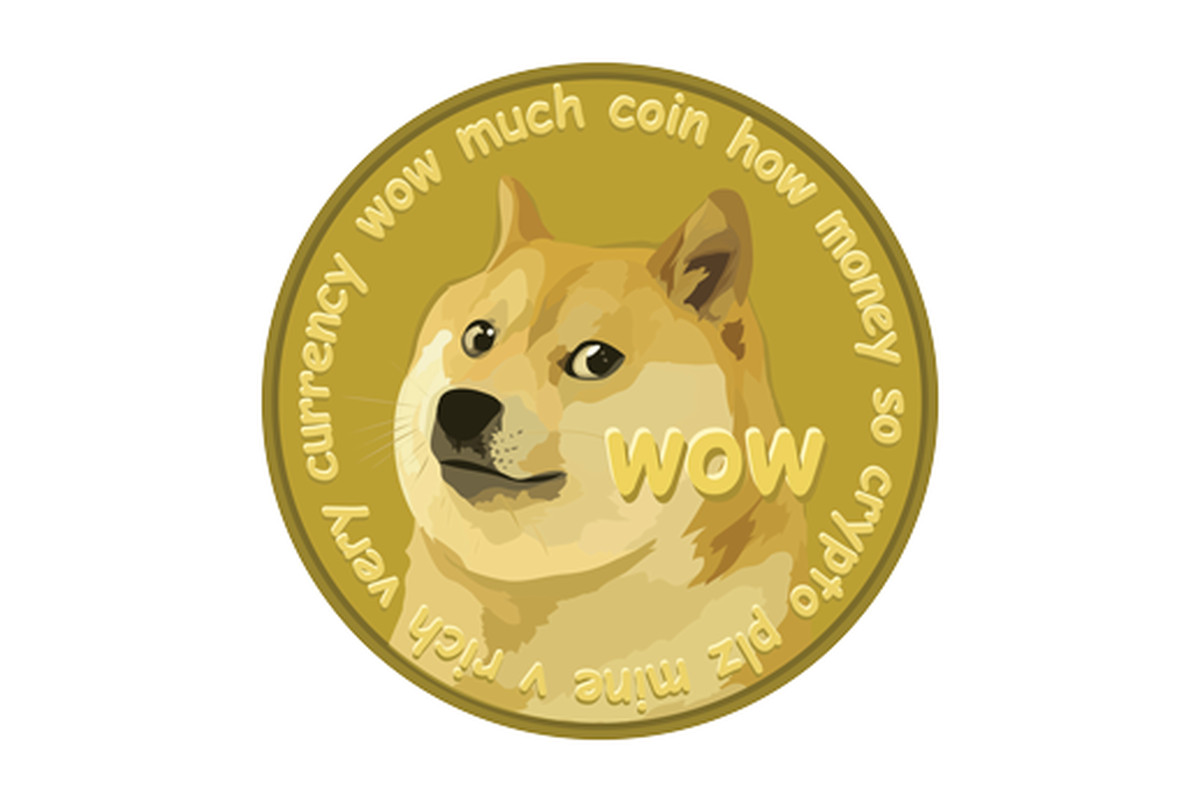
Okay… This one is fun!
I am writing about Dogecoin because a lot of the internet is talking about it, and even billionaires Elon Musk and Mark Cuban are talking about and investing in it.
Dogecoin founded in 2013, by Billy Markus and Jackson Palmer, is considered more of a meme than an actual cryptocurrency. It was founded as a joke. It uses the meme of the Shiba Inu dog on its visual coin representation.

Dogecoin to the Moon!
The joke, however, caught on and had a weird effect.
In the world of cryptocurrency, non-Bitcoins are called Altcoins. Basically, alternatives to Bitcoin. As shown earlier, there are thousands of Altcoins, each claiming to be better than Bitcoin in some way. However, some of the Altcoins can be scams, as it is not as difficult to create a cryptocurrency as you may think. Learn how to create your own, here.
Dogecoin uses the fact that they are a joke to their advantage, as it shows the internet that they aren’t desperate to make Dogecoin a competitor to Bitcoin. Additionally, the founders of the currency use the money they receive from its increasing popularity to focus on charities and global issues such as the Kenyan Water Crisis.
The creators use Litecoin technology to power Dogecoin.
There is no limit to the number of Dogecoins that can be mined.
YouTube Star Marques Brownlee did a great video on Dogecoin, which you can view here.
Do I think we as the public should take Dogecoin seriously? Yes and no. I think it is a fun cryptocurrency to play around with, but could easily go to zero, so proceed with caution.
5) Cardano
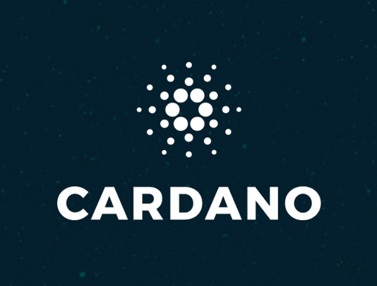
Cardano, similar to Ethereum, is a cryptocurrency system that runs an open source network with a public blockchain used to perform smart contracts.
Cardano’s currency is called Ada, named after the British mathematician, Ada Lovelace.
It has an amazing founder in Charles Hoskinson who was also one of the cofounders of Ethereum.
Cardano differs from Ethereum in that it is built around peer reviewed papers.
Cardano claims to be part of the 3rd generation of cryptocurrencies and wants to solve three major problems that are plaguing the first two generations
1)Scalability
Cryptocurrencies have trouble with scalability due to the number of transactions that occur per second. Additionally, because of the high volume of transactions, they take up a lot of network bandwidth.
Cardano uses an Ouroboros system to adopt proof of stake instead of proof of work which makes it much faster and more energy efficient than Bitcoin.
Bitcoin uses a proof of work algorithm that makes everyone within the system mine new blocks on the blockchain. This is slow, wastes computer power, and unfortunately, a lot of electricity. Cardono’s proof of stake system doesn’t let everyone mine new blocks, but instead assigns a slot leader for each block. The slot leader is the only one who can mine for that particular block. If the slot leader isn’t able to, they are replaced.
Cardano cuts down on the amount of network bandwidth it uses by adopting RINA (recursive internetwork architecture) which breaks networks into specific subnetworks that can communicate with each other when needed. This is different from a peer to peer network, where everyone in the system has to be communicated with at the same time.
2) Interoperability
There are thousands of cryptocurrencies. This makes it a challenge for people when choosing a payment system. Cardano believes that there will be a multitude of different cryptocurrencies that are all used in the future. Similar to how there are many types of fiat currencies used currently.
Cardano wants to be the internet of blockchains, allowing different cryptocurrencies to be traded with one another in their system.
As far as trust from banks, cryptocurrency has always had the problem of anonymity. Banks can’t see who you’re sending money to or for what reason. Because of this, Cardano gives the choice of attaching metadata to a transaction. Allowing individuals to see and understand who participated in the transaction and why. The cool part about this is you can decide if you want to give the information up or not. So it’s up to the users and not the centralized banks.
3) Sustainability
Cardano and many other cryptocurrencies need a lot of funds to continue running. Usually, cryptocurrencies make money on their initial coin offering, but, the community often doesn’t have money set aside specifically for the continued development of the platform.
Because of this, Cardano has a treasury that receives a small percentage of every transaction on the network. It is not owned by anyone specifically, but instead is formed on a smart contract which releases funds to developers of Cardano based on certain protocols that are voted upon by the team. Meaning the development team must agree on how they are going to spend the funds to improve the platform.
How Hoskinson is Using Cardano to Help the Developing World

Being a founder of both Ethereum and Cardano has proved to be quite lucrative for Charles Hoskinson. He is close to a billionaire, but hasn’t lost sight of why he invented the platform.
In a recent interview with Adam Stokes, which you can watch here, Hoskinson claims that he doesn’t care which cryptocurrency platform wins (if there is even a zero sum game), but rather if he made a difference in helping provide the developing world access to stable currencies and a better banking structure, allowing them to build wealth. He wants Cardano to be beneficial to as many people as possible, both large corporations, and developing nations. Hoskinson claims however that his main focus for the company’s efforts will be on building out Cardano’s infrastructure for countries such as: Ethiopia, Senegal, Georgia, and Mongolia. Hoskinson believes that the platform will be able to provide financial stability to billions of people, and I hope he succeeds.
Final Thoughts

Okay, so I apologize about all the technical jargon used in this post. I did my best to keep things simple and provide resources for you to learn more.
Whether or not you should adopt or invest in these platforms is entirely up to you. It is a highly speculative space, and there are a lot of new players emerging all the time as the technology grows and more money flows.
If you invest and use cryptocurrencies, know that you are investing and participating in a digital, decentralized infrastructure that looks at money, banking, and communication in a fundamentally different way than what has been done before. Which is both exciting and scary at the same time.
My major concerns for the systems are the energy usage/environmental impact, and the fact that the currencies are deregulated.
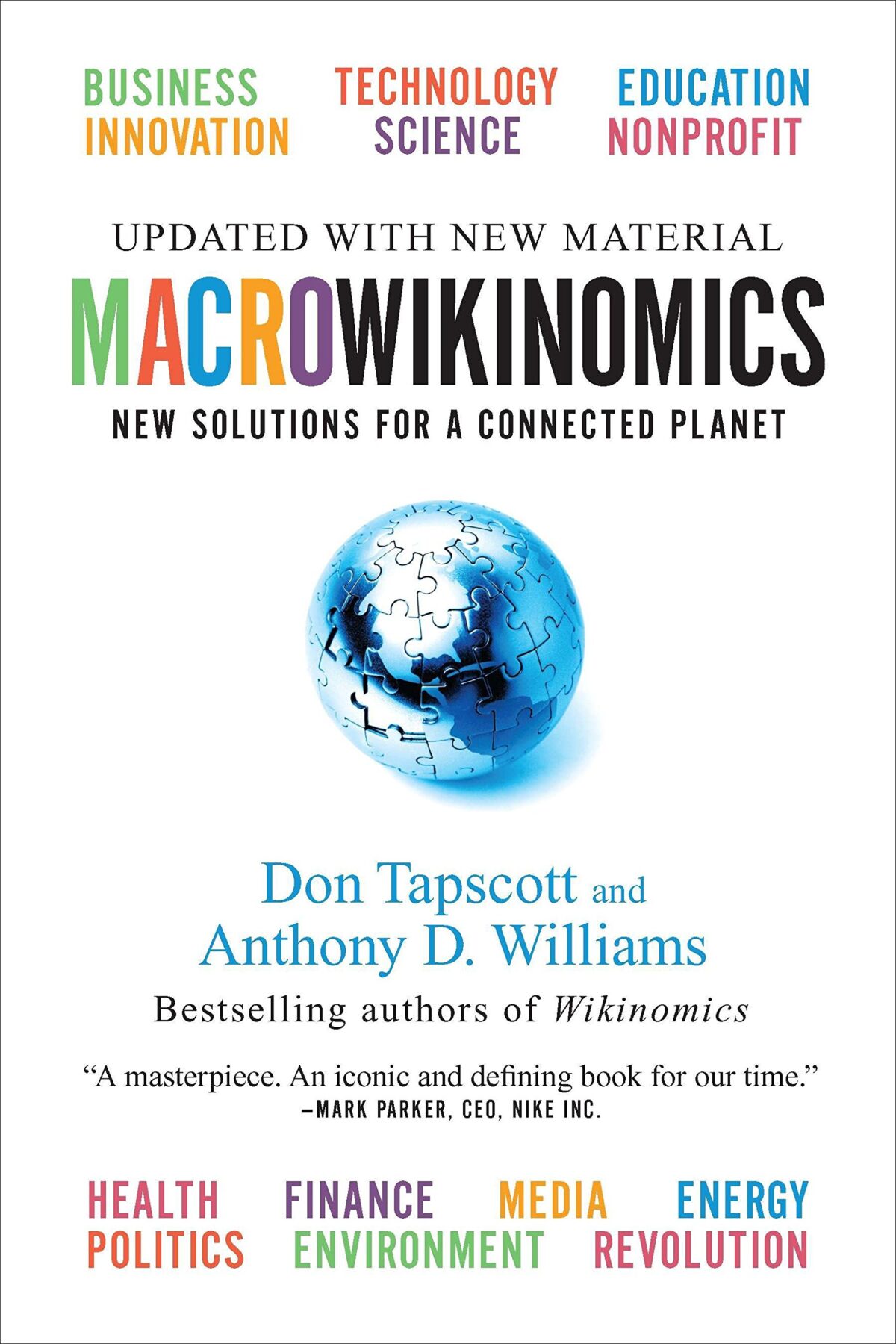
While taking business communication course at USC I read a book called Macrowikinomics. It was fascinating in its approach towards using the world’s communication networks to apply the brainpower of millions to solve the world’s most difficult fundamental problems. Macrowikinomics was published in 2010, before most of the cryptocurrencies mentioned above had even been invented. But, many cryptocurrencies apply the same ideology of smart people coming together to solve major global issues.
It is not always perfect in action, and there are some major problems, but I am optimistic about the crypto-world and the bright future ahead.
All the best,
Ariel
